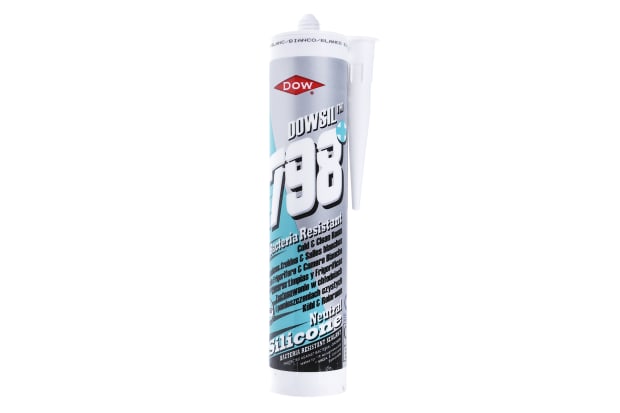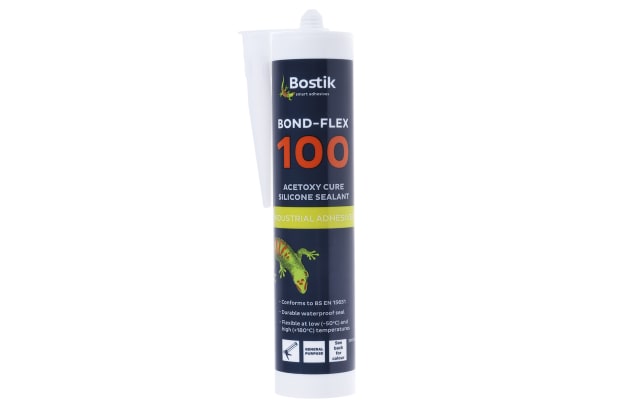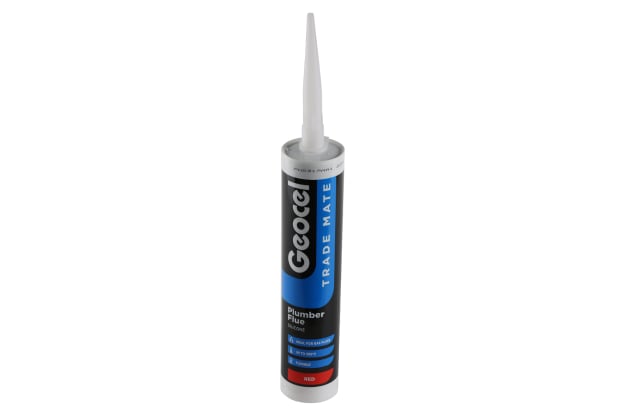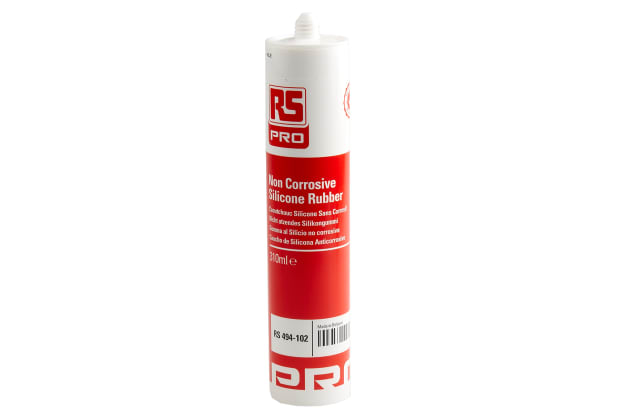- Published 24 Jan 2023
- Last Modified 4 Sept 2023
- 10 min
Silicone Sealants - A Complete Buying Guide
What are the different types of silicone sealants and where can they be used? Find out more in our handy guide.
What is Silicone Sealant?
Silicone sealant is a type of adhesive, most often used to create a watertight or airtight seal at the joint between two surfaces. You might also see silicone sealant referred to as silicone glue in some places. The generic term caulk or mastic is often applied to many types of products including silicone sealant, along with numerous other popular sealants and adhesives.
Silicone sealants typically have a liquid, gel-like consistency when first applied. This then cures to a more robust, rubber-like texture after being allowed to dry out under suitable temperature and humidity conditions over a period of time. Once cured in this way, silicone sealant products achieve the consistency of a durable yet flexible solid silicone rubber.
It’s commonly sold in a standalone squeeze tube for manual application by hand, but it’s also equally popular in larger, rigid cartridge formats. The latter is suitable for insertion into a handy applicator device, such as a sealant gun or dispensing syringe, which can often help to give a neater finish.
In this guide, we will take a closer look at exactly what silicone sealant is and give a general overview of the sorts of silicone products that are available for creating tough, waterproof seals around walls, tiling, windows and fixtures. We’ll also look at how and where these products are best used and answer some general FAQs about applying and maintaining silicone sealants in various locations.
Uses of Silicone Sealant
As noted above, one of the most common silicone sealant uses is for creating a waterproof, airtight join between two surfaces or angles. More often than not, this will be in a well-used location that requires the creation of a durable yet somewhat elastic seal in order to keep out unwanted air or moisture.
Silicone sealants are often chosen over other kinds of sealants, adhesives and caulks because of their improved flexibility and durability. Once cured, they create a tough yet slightly elastic bond that holds its shape extremely well over time and remains relatively inert at both higher and lower extremes of temperature.
These qualities tend to make silicone the ideal material choice for creating hardwearing, long-lasting seals and joins in frequently used or particularly harshly exposed areas and environments. The rubbery nature of dried silicone seals makes them especially good at providing cushioning between surfaces liable to move, either because of mechanical forces or through expansion or contraction caused by moisture and temperature variations.
In general, uses of silicone sealants tend to fall into one of four main categories. These are home repairs and maintenance, construction sealing and adhesion, glass and plastic bonding in craft or pet projects (including terrarium and aquarium seals), and manufacturing or production uses across a wide range of products, including electronics, appliances and automobiles.
Typical examples of locations where sealing with silicone glues is especially commonplace might include:
- Window seals
- Door seals
- Shower or bath sealing and edging
- Cooker seals
- Fridge seals
- Plumbing joints
- Electrical repair
- Wire entry seals
- Junction protection
Besides its physical material properties, there are many other good reasons why professionals and DIY hobbyists alike often choose silicone sealants over the many other types of adhesives and mastics on offer (such as polyurethane sealants and acrylic adhesives).
For one thing, the reliability and stability of a silicone seal once cured is particularly impressive. They’re also very easy to use, enabling the user to create a waterproof join with minimal effort thanks to their quick and simple application. The curing process is fuss-free, requiring little further input from the user except to wait for the liquid gel to set itself in place.
Silicone sealants are often weather-proof, and different sorts of products can withstand a wide range of demanding conditions, both indoors and outdoors. They’re chemically unreactive, do not promote mould growth, and they bond effortlessly to many other different surfaces and other materials thanks to the inclusion of specially formulated adhesive compounds.
All of this means that you can typically expect to achieve a robust, reliable and long-lasting silicone seal that should require very little maintenance in order to stay in great condition for a prolonged period of time.
How to Use Silicone Sealant
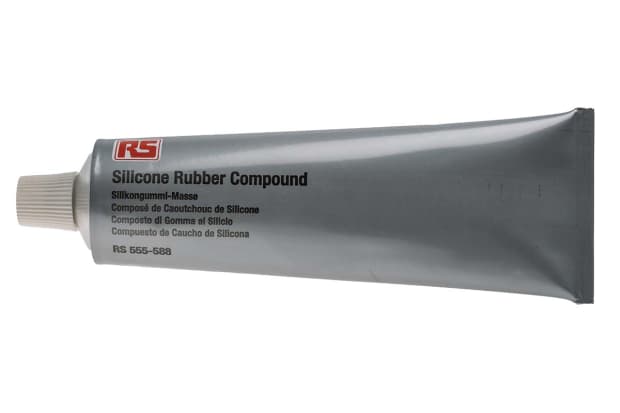
If you’re planning on learning how to use silicone sealant or wondering how to get the perfect silicone seal (either via manual application or using a caulking gun), there are a number of handy tips and techniques to bear in mind.
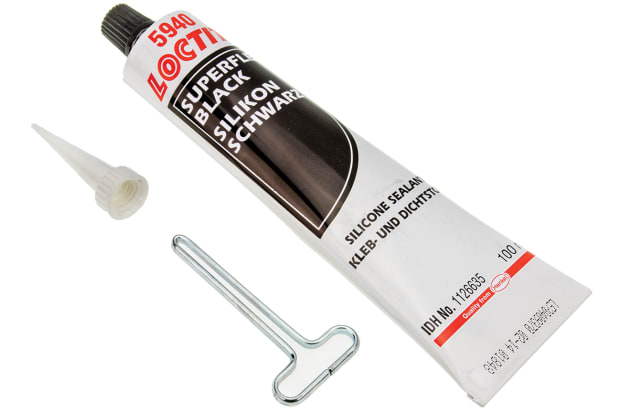
First and foremost is the importance of choosing the right product for the specific application and install environment that you are working on. We’ll cover the various different types of silicone sealants in the next section of this guide.
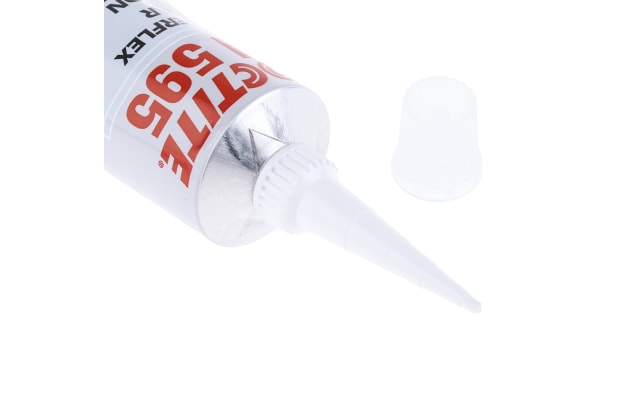
Secondly, it’s worth taking the time to familiarise yourself with basic application techniques in order to neatly create joins or beads with silicone products. The correct application can go a long way towards ensuring the sealant remains as effective as possible.
Different Types of Silicone Sealant
Silicone sealants come in a range of different colours such as black, grey, white and clear. They typically come in a cartridge or tube, and many have a nozzle for precise bead application. There are squeeze tubes which are used for application by hand or rigid tubes for use with a sealant gun.
Silicone sealants typically fall into one of two main categories, namely neutral cure and acid cure (or acetoxy) variants. The latter is great for non-porous surfaces like glazed tiles and glass, but you’ll probably want to stick to neutral-cure silicone for working with wood or scratchable plastics and metals, as the acidic variants can cause corrosion or damage when applied directly to less suitable materials.
High-modulus sealants tend to cure faster and harder and emit a slight vinegary smell as they cure. Most acetoxy silicone sealants are high modulus, while most neutral cure varieties will typically be low modulus, with very little odour and a slightly slower curing process resulting in a more flexible, elastic seal.
The majority of silicone sealant products tend to be multi-purpose. They can normally be used in a wide variety of general applications and are suitable for creating bonds with many surface materials. Sanitary silicone sealants are best for wet applications, for example in bathrooms, because they are more stubbornly resistant against mould and mildew growth.
A key aspect that you should always consider when purchasing caulks and mastics is whether or not a given product is explicitly listed as being an indoor/outdoor silicone sealant. You should also bear in mind any specific operating temperature ranges included in the product instructions.
While silicone sealant broadly tends to be a strong performer in both warmer and colder climates (especially once cured), the presence of excessive heat or cold during the actual application process itself can sometimes affect an adhesive’s ability to cure evenly and neatly around a join. This is a particularly important consideration for any seals that need to remain completely waterproof or airtight.
Many different types of mastics, glues and caulks are advertised as having chemical formulas that support specific usage scenarios. Popular examples are waterproof silicone sealant, quick-drying silicone sealant, and high elongation variants. Other labels and features you might see on sealant packaging or in manufacturer guidelines could include the following:
- Flexible
- Fungus/mildew resistant silicone
- High elasticity
- High strength
- High temperature
- Low shrinkage
- Low modulus
- Low odour
- Non-corrosive
- Non-flammable
- Tack-free
Silicone Sealant Colours
Silicone sealants are sold in numerous colours. However, the most popular options by far are white and clear silicone sealant varieties.
With that being said, more and more colours of silicone have been made available as the range of vibrant colours and shades used in many common fittings and fixtures has broadened over time. It’s now relatively easy to find copper, grey, red, cream, brown and black silicone sealants all being sold by a single brand or supplier.
In cases where a more neutral or versatile look is required, translucent or transparent silicone sealant is also an option. This is particularly well-suited to glass bonds and is ideal for use on multi-coloured or patterned appliances and fixtures.
FAQs
How Do You Store Silicone Sealant After Use?
The best way to store silicone sealant or caulk after use is to prevent air from getting to the unused product in the tube or cartridge. One way to do this is to squeeze a small blob out just far enough that it blocks the open end of the nozzle, creating an air-tight seal. You can then apply a small piece of airtight wrap around the whole nozzle end and secure this in place with a rubber band. It won’t keep indefinitely, but this will dramatically extend its shelf-life once opened.
How Do You Remove Black Mould from Silicone?
Most silicone sealant is fairly resistant to mould growth for a good amount of time, but eventually, you may find yourself needing to clean black mould growth from older silicone seals - particularly in areas of high moisture. The easiest way to do this is by soaking tissue or cotton wool in thick household bleach, then applying this directly to the affected area and leaving it in place for 15-20 hours.
How Do You Remove Old Silicone Sealant?
There are multiple ways to remove old caulk and mastics, but the simplest, most effective and most reliably hassle-free method is generally to use a dedicated chemical sealant remover. This is a cost-effective time-saver and will get the job done in no time. Just make sure to double-check that the remover product you choose specifies that it’s effective on silicone.
How Long Does Sealant Take to Dry?
Different silicone sealant products will have varying recommended drying and curing times, depending on the specific materials and compounds included in the product. The temperature and humidity in the install location will also have a significant impact on required drying and curing times, as will any residual moisture in the materials the sealant is being applied to (for example, on recently plastered surfaces.)
As a general rule of thumb, most silicone-based mastics and caulks will be touch dry in around 1-3 hours. However, it’s recommended that you wait at least 10-12 hours (ideally up to 24 hours) before exposing the curing seal to any direct water contact. Once a full day has elapsed, you can usually be confident that almost any high-quality silicone sealant will have fully cured in most typical environments.
Silicone Sealant Brands
Popular and trusted brands making high-quality silicone sealants for today’s professional and DIY markets include:
- Ambersil
- Dow Corning
- Bostik
- Loctite
- Electrolube
- Evo-Stik
- Geocel
- Henkel
- RS Pro
- ACC Silicones
Dow Corning
Browse our range of silicone sealants from Dow Corning and discover the product best suited to your requirements.
Geocel
Silicone sealant from Geocel is available online from RS. Browse the range and shop today.
RS Pro
See our full range of RS Pro silicone sealant products and choose the sealant best suited to your project
